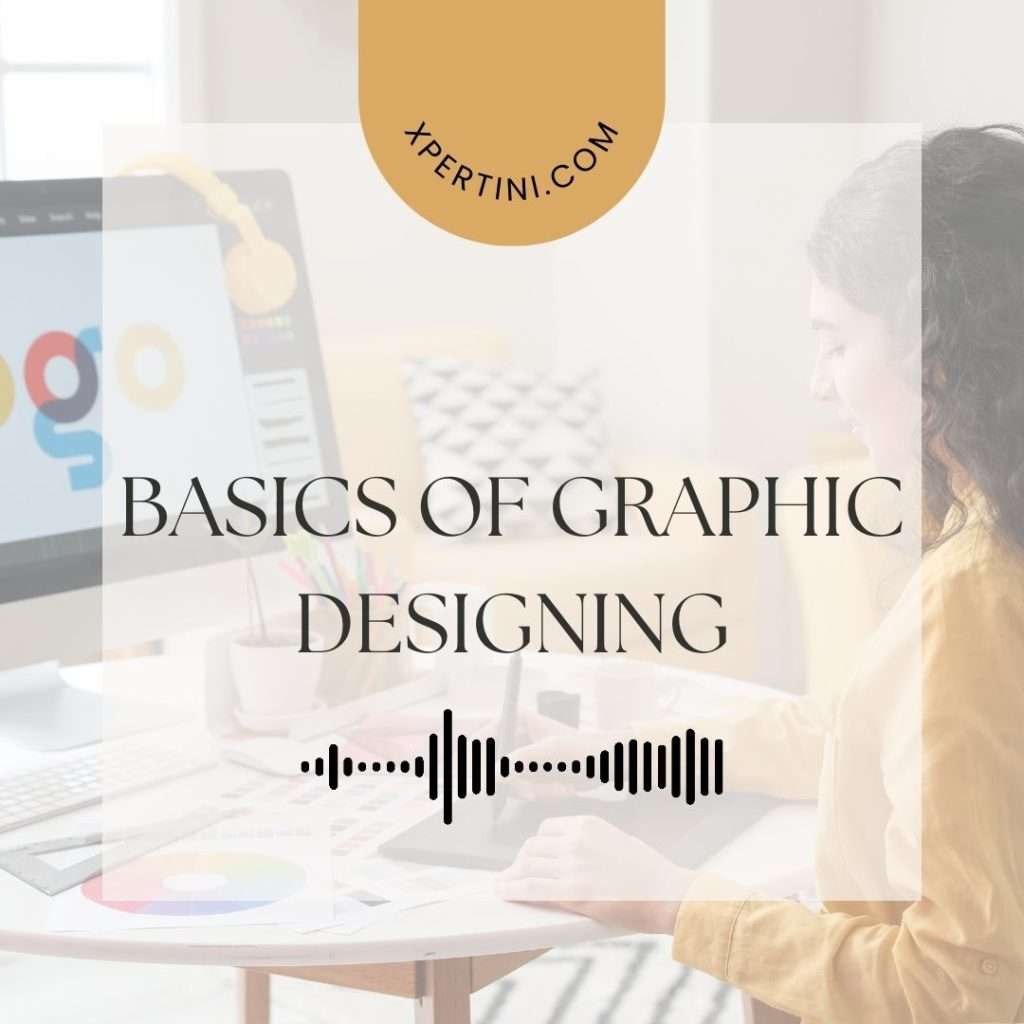Basics of Graphic Designing
Course Summary
In this comprehensive graphic design course, participants embark on a journey to explore the principles and practices that underpin the world of visual communication. They delve into the fundamental concepts, tools, and techniques essential for creating captivating designs that resonate with audiences. Through engaging lectures and interactive discussions, students develop a solid foundation in graphic design theory and its practical application.
Throughout the course, students uncover the rich history and evolution of graphic design, from its humble beginnings in print to its contemporary digital manifestations. They analyze key historical movements and figures, gaining valuable insights into how design trends have shaped the modern landscape of visual communication.
Participants learn to wield typography, color theory, and layout design effectively, mastering the art of crafting visually engaging compositions. They explore the psychology behind color choices, uncovering the symbolism and harmony that underpin successful design strategies.
With a focus on practical skills, students gain proficiency in using industry-standard software tools for image editing, vector graphics, and layout design. They learn to manipulate images, create scalable artwork, and design layouts for both print and digital media.
As the course progresses, students apply their newfound knowledge and skills through design exercises and case studies, receiving constructive critique and feedback to refine their craft. They also gain insights into various career pathways in graphic design, equipping themselves with the tools and knowledge needed to pursue success in this field.
Course Overview
This course offers a comprehensive introduction to the principles and practices of graphic design. Students will explore fundamental concepts, tools, and techniques essential for creating compelling visual communication. Through lectures, demonstrations, and discussions, participants will develop a solid foundation in graphic design theory and application.
Course Objectives
- Understand the basic principles and elements of graphic design.
- Familiarize oneself with common graphic design software tools and their functionalities.
- Apply design theory to create visually engaging compositions.
- Explore the historical evolution of graphic design and its impact on contemporary practices.
- Gain proficiency in typography, color theory, and layout design.
- Develop critical thinking and problem-solving skills in the context of graphic design projects.
- Identify and analyze effective visual communication strategies across different mediums.
- Recognize the ethical considerations involved in graphic design practices.
- Cultivate an awareness of design trends and innovations in the field.
- Explore potential career pathways and opportunities in graphic design.
Course Outcomes
- Demonstrate knowledge and understanding of basic graphic design principles.
- Utilize graphic design software tools proficiently to create visual designs.
- Apply design theory effectively to communicate messages visually.
- Analyze and discuss the historical development of graphic design.
- Employ typography, color theory, and layout principles in design projects.
- Solve design problems creatively and critically.
- Evaluate and critique visual communication designs.
- Demonstrate ethical considerations in graphic design practices.
- Identify emerging trends and technologies in graphic design.
- Investigate and pursue career opportunities in the field of graphic design.
Course Audience
- Individuals interested in pursuing a career in graphic design.
- Professionals seeking to enhance their graphic design skills for job advancement.
- Students exploring graphic design as a creative outlet or academic interest.

